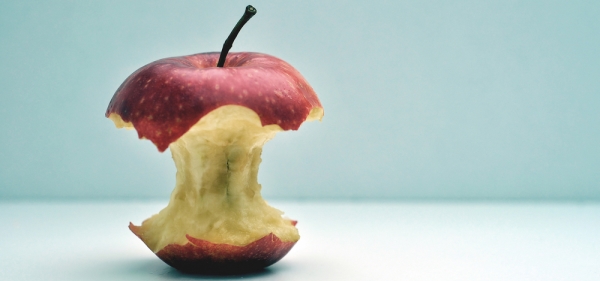Australia has a problem with food waste, and it’s having a negative effect on our savings and our planet. According to research, Australians throw out up to 20 per cent of the food that they purchase. In other words, you’re throwing out one in every five bags of groceries that you buy and losing $1000 each year.
What small changes can you make to reverse this waste?
1. Cook ‘kitchen sink’ meals
If you have a few items in the fridge that are expiring soon, the best way to use them up is to cook them into an ‘everything but the kitchen sink’ meal. Combine some neglected carrots, spinach that’s getting a tad wilted and leftover rice and you have yourself fried rice. Or bake a few chopped up veggies with spring onions and eggs for a frittata.
2. Don’t get hung up on use-by dates
There’s a tendency in our culture to get hung up on food safety. Hygiene and freshness are important but an excessive amount of concern about food ‘going off’ means that we’re throwing out perfectly good food. Use-by and best-before dates can be understood as more of a guide for freshness rather than lifespan. Some nutrition experts suggest using your senses to make a judgement call on whether food is still okay to consume: if it looks, smells and tastes fine, it probably is.
3. Freeze items in advance
It’s cost-effective to buy some items in bulk and use them over a period of weeks or even months. If you’re not going to use a whole carton of chicken pieces by the expiry date, it’s a good idea to freeze portions in individual bags and pop them in the freezer. It’s also handy knowing you have something to cook for dinner too (as long as you remember to defrost it in advance). You can safely freeze almost anything (except canned food or eggs in their shells). Most frozen food can be kept for four to six months without a big loss in quality.
4. Keep perishables in sight
One of the biggest factors contributing to food waste is forgetting to use it before it spoils. Many people use the vegetable crisper to keep vegetables fresh then forget that they’re there. Keeping particular foods in designated parts of the fridge will help you find it more easily. Using clear containers, recording use-by dates and keeping food at eye-level are great ideas too.
5. Follow the ‘first in, first out’ system
The rule of thumb for any restaurant is the ‘first in, first out’ system, whereby the items that will expire soonest remain in the front of the fridge or pantry and are used first. For example, if you have a couple of cartons of eggs, put the one that will expire first in front of the one that will last longer.
Related articles:
Use by and best before: what’s the difference?
How to save money and eat well
How to read food labels

